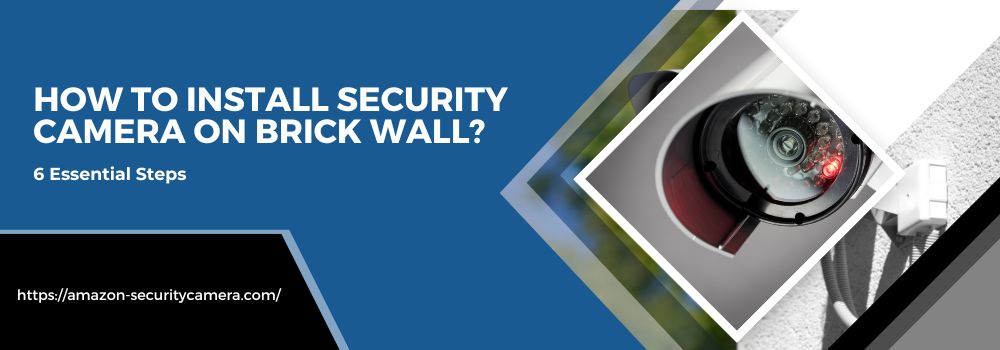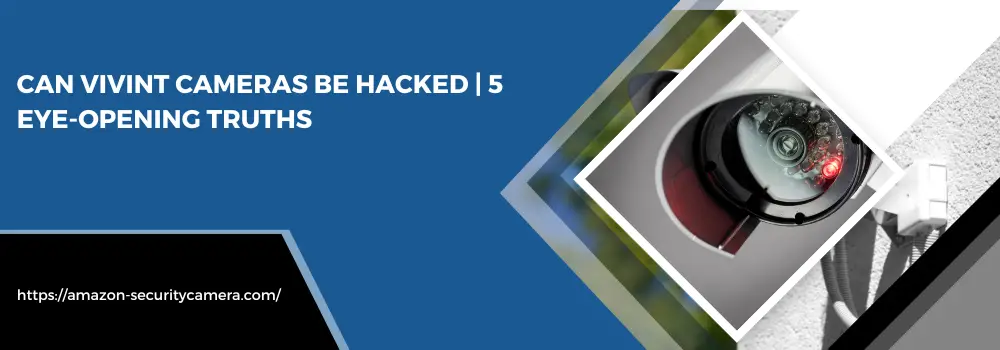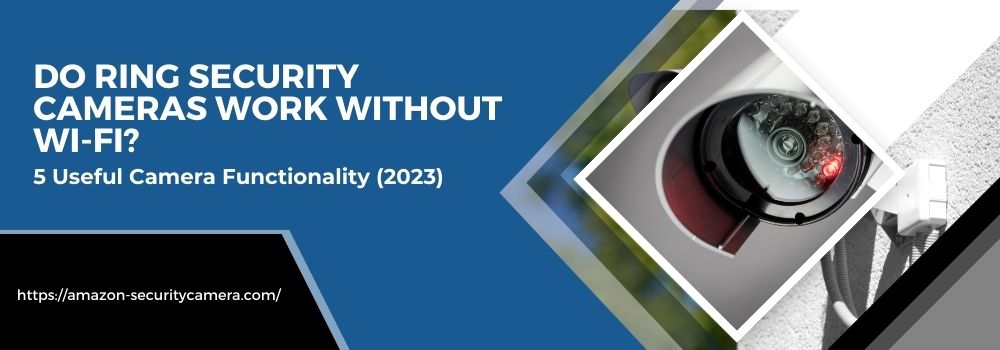Wireless security cameras have become a staple for both home and business security systems due to their ease of installation, flexibility, and range of features. One common question that consumers often ask is related to the transmission range of these cameras – “How far can a wireless security camera transmit?”
The transmission distance of wireless security cameras is a crucial aspect to consider when installing a surveillance system. This range determines how far away from the receiver (which is often connected to a recording device or a monitor) the camera can be mounted. A greater transmission range allows for increased flexibility in camera placement, which can be particularly beneficial in larger properties or outdoor settings.
However, the transmission range of a wireless security camera can vary greatly and is influenced by a number of factors. These can include the camera’s model, the technology it employs, the presence of obstacles or interference in the environment, and even the weather conditions.
How far can a wireless security camera transmit
Read Below to learn about How far can a wireless security camera transmit.
Read another article about How to jam wireless security cameras | 5 Best Ways
Table of Contents
1. Types of Wireless Technologies in Cameras
Wireless security cameras use various technologies to transmit signals. Some common types include Wi-Fi, Cellular, and Radio Frequency (RF). Wi-Fi cameras rely on a local network for transmission and have a range of about 250 feet. Cellular cameras use mobile networks and have virtually unlimited range, while RF cameras can transmit over distances of up to a mile depending on the model and specifications. However, the most popular type of wireless security camera today is Wi-Fi due to its ease of use and affordability.
2. Model and Manufacturer Variations
Different manufacturers and models of wireless security cameras offer varying transmission ranges. High-end models can transmit over larger distances, while budget-friendly options may have a more limited range. It’s always crucial to consider the specifications of the specific camera model before purchase. It’s also worth noting that some manufacturers may offer additional equipment, such as signal boosters or antennas, to extend the transmission range of their cameras.
3. Environmental Obstacles and Interference
Physical obstacles like walls, trees, or buildings can greatly reduce the transmission range of a wireless security camera. Similarly, electronic devices or other wireless networks can interfere with the signal. It’s important to consider the environment where the camera will be installed to ensure optimal performance. If the transmission range is a crucial factor, it’s recommended to do a site survey prior to installation.
4. Weather Conditions Impact
Weather conditions can also influence the transmission range of a wireless security camera. Rain, fog, or snow can weaken the signal, while clear weather generally enables the maximum range. Therefore, it is necessary to consider the typical weather conditions of the location before installing the camera. If the camera will be exposed to harsh weather, it’s important to choose a model that is designed for outdoor use and has a strong transmission range.
5. Frequency Band and Transmission Range
The frequency band used by a wireless camera can affect its transmission range. For instance, cameras operating on a 2.4 GHz band may have a shorter range but better signal penetration through obstacles compared to those on a 5 GHz band. It’s recommended to carefully evaluate the frequency band and its impact on the transmission range before making a purchase decision.
6. Antenna and Signal Strength
The antenna of a wireless camera plays a crucial role in its transmission range. A stronger antenna can boost the signal strength, enabling the camera to transmit over larger distances. Some cameras come with adjustable antennas for better signal reception. Additionally, the signal strength of the camera itself can also influence its transmission range. Higher-end models often have a stronger signal for better performance.
In conclusion, the transmission range of a wireless security camera can vary greatly and is influenced by various factors. It’s important to carefully consider these factors before making a purchase to ensure optimal performance and coverage for your surveillance needs. As technology continues.
7. Camera Positioning and Installation
The position and height at which the camera is installed can affect its transmission range. Higher positions might offer a larger transmission range as the signal has fewer obstacles to encounter. Similarly, placing the camera in a clear line of sight to the receiver can also improve its range. Proper installation and positioning are crucial for achieving the desired transmission range and overall performance of a wireless security camera.
8. Enhancing Transmission Range
There are methods to enhance the transmission range of wireless security cameras, such as using Wi-Fi extenders or repeaters, installing high-gain antennas, or using a wireless bridge. These techniques can be particularly useful in large properties where a greater coverage area is needed. However, it’s important to consult with a professional and consider the cost-benefit before implementing any of these methods.
9. Understanding Transmission Range Limitations
While a high transmission range is beneficial, it’s important to understand that this doesn’t necessarily mean better image quality or faster transmission speed. Other factors, such as camera resolution and network bandwidth, also play crucial roles in the overall performance of the wireless security camera. It’s essential to strike a balance between transmission range and other important factors for optimal surveillance results.
10. Network Bandwidth and Transmission Speed
The network bandwidth available for the wireless security camera also significantly influences its transmission speed. If other devices are consuming significant bandwidth on the same network, the camera’s data transmission might be affected, leading to lagging or choppy video. It’s crucial to ensure the network has enough bandwidth for the camera to function optimally. If needed, a dedicated network for the security camera might be a good solution.
11. Future Trends in Wireless Security Camera Technology
In the ever-evolving landscape of security technology, future trends predict more powerful wireless security cameras with enhanced features. With advancements in AI and machine learning, cameras are expected to become smarter, and capable of distinguishing between potential threats and normal occurrences. Furthermore, manufacturers are working on better signal technologies to extend transmission range, improve signal penetration, and resist interference. Staying informed about these trends can help in making a future-proof purchase.
Conclusion
Wireless security cameras offer convenience and flexibility, but the transmission range is an important factor to consider for optimal performance. Understanding the various factors that can influence the transmission range can help in making an informed purchase decision. Proper installation, considering environmental obstacles, and keeping up with technological advancements are key to getting the best out of a wireless security camera. So, it’s essential to carefully evaluate all these factors and choose the right camera that suits your surveillance needs. Happy shopping! Happy monitoring! Keep your space secure with a wireless security camera!
FAQ
Q#1: Does the transmission range of a wireless security camera affect its image quality?
A: No, the transmission range does not directly affect the image quality of a wireless security camera. Other factors, such as camera resolution and network bandwidth, play crucial roles in determining the image quality.
Q#2: Can weather conditions impact the transmission range of a wireless security camera?
A: Yes, harsh weather conditions can affect the transmission range of a wireless security camera. It’s important to choose a model specifically designed for outdoor use and with a strong transmission range in these situations.
Q#3: How can I extend the transmission range of my wireless security camera?
A: Methods such as using Wi-Fi extenders or repeaters, installing high-gain antennas, or using a wireless bridge can enhance the transmission range of a wireless security camera. However, it’s important to consult with a professional before implementing any of these methods.
Q#4: Are there any future trends in wireless security camera technology?
A: Yes, manufacturers are constantly working on improving signal technologies and incorporating AI and machine learning in cameras for better performance and features. Staying informed about these trends can help in making a future-proof purchase. So, it’s always beneficial to research and stay updated before making a purchase decision. Happy monitoring!



